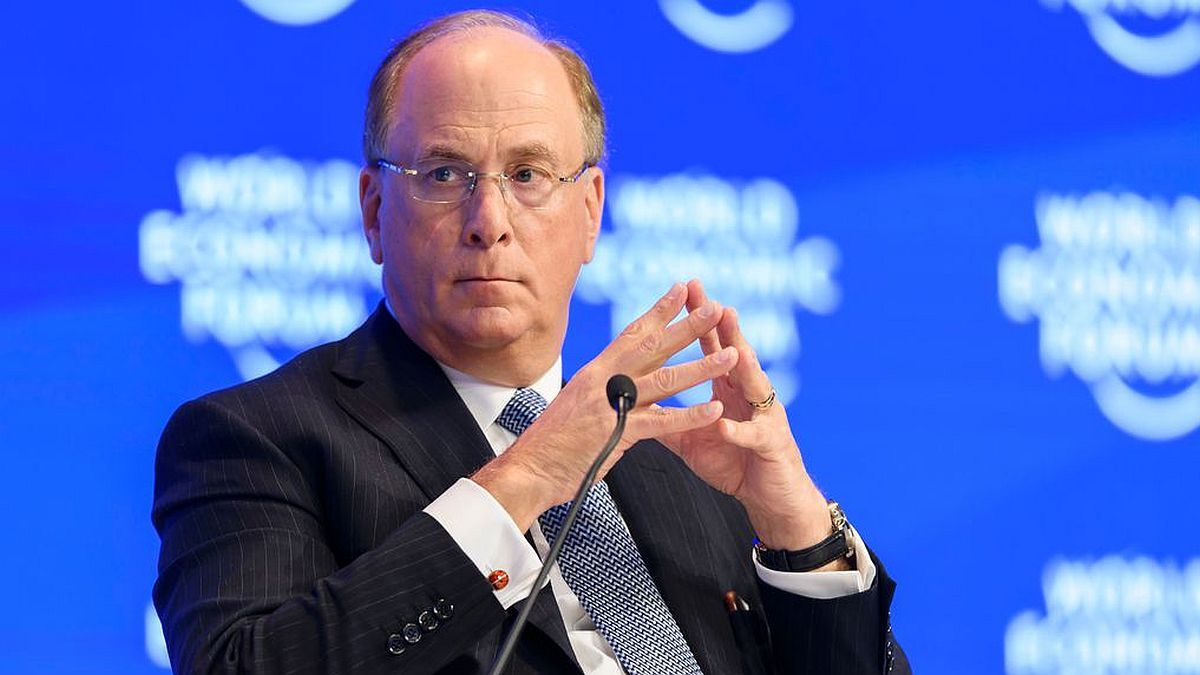The increase in the cost of living in Argentina had its correlation in a lower income of Chilean and Uruguayan tourists, and a greater departure to said countries. Outbound tourism rose for the first time in the Javier Milei era.
Foreign tourism in Argentina collapsed by 23.4% annually in April, according to a report published this Tuesday by INDEC. The impact of the December devaluation on prices in the local economy made the country significantly more expensive, fundamentally in comparison with neighboring countries.
The content you want to access is exclusive to subscribers.
According to international tourism statistics, in the fourth month of the year there were approximately 440,100 foreigners who spent at least one night in Argentina, when in the same month last year there had been 574,800.


Half of the arrivals were distributed among people from Brazil, Uruguay and Chile. While in the case of Brazilians there was an increase, For Uruguayans and Chileans, the annual falls were greater than 50%, thus becoming the two countries of origin that most explained the dynamics of inbound tourism. in April. For their part, Europeans represented close to 15% of arrivals and showed a higher level compared to 2023.
The increase in the cost of living in Argentina and the lower arrival from South American countries had its correlation in a reduction of US$104 million in the income of foreign currency to the Central Bank for “travel and other card payments” and “passenger transportation”.
In parallel, outbound tourism showed an increase of 31.5% in April, which was the first annual improvement in the Javier Milei era. Uruguay, and fundamentally Chile, were the destination countries that showed the greatest increases, which shows a clear reversal of the flow of travel with these territories.
In terms of dollars, the greater number of trips abroad did not have a significant negative impact on reserves, since the outflow of foreign currency was reduced by US$11 million compared to April 2023.
Source: Ambito




